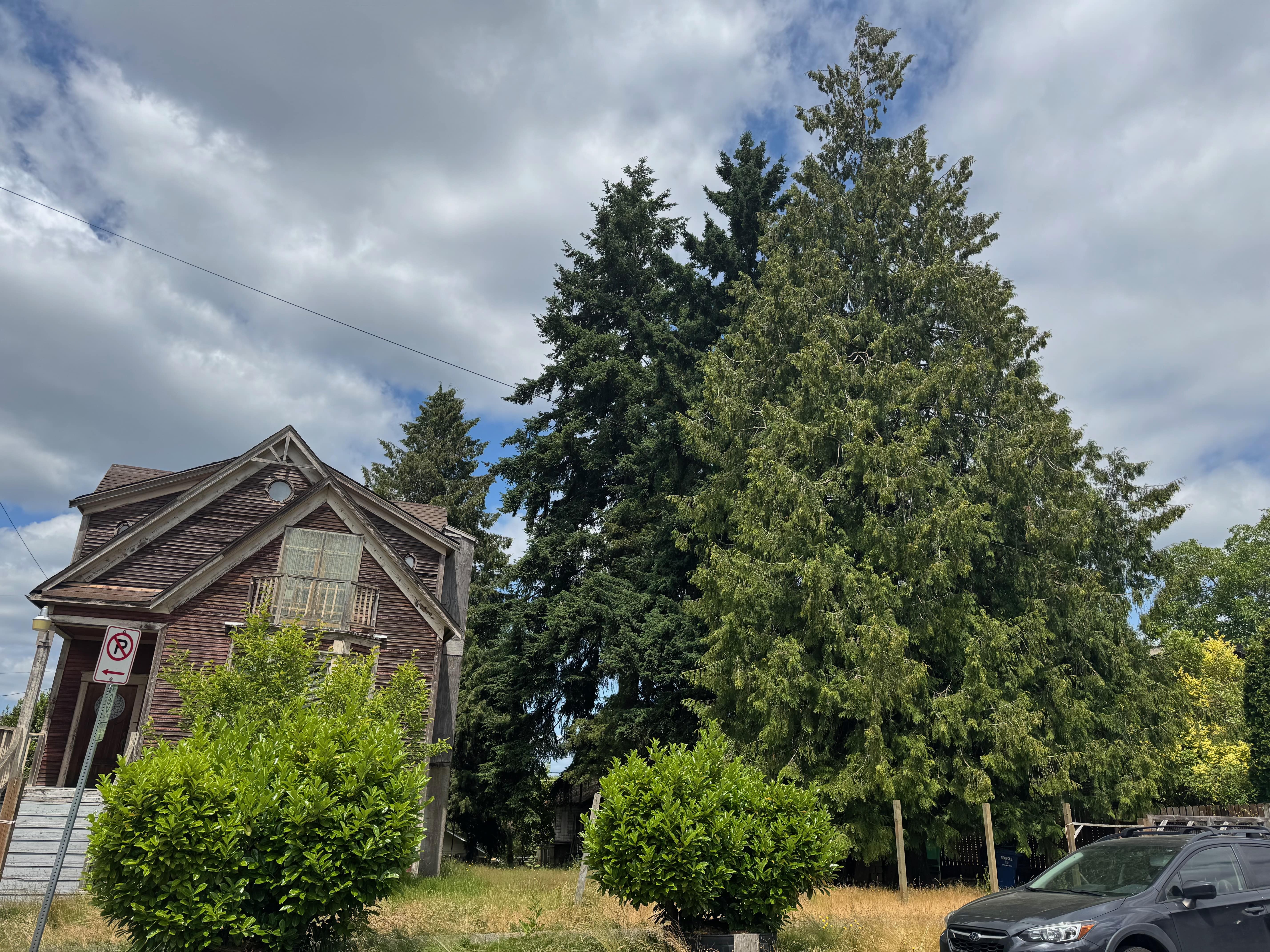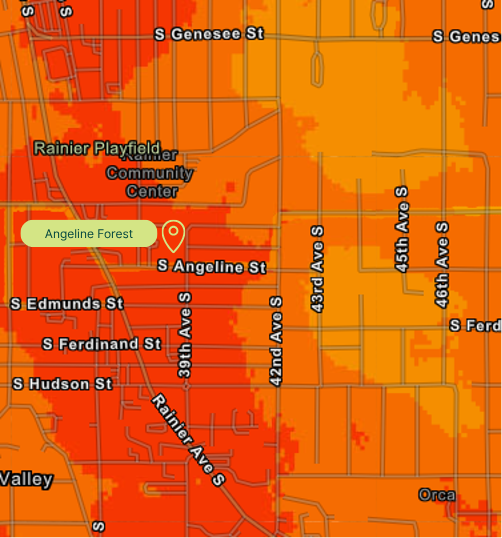

SDCI has approved the removal of one of the largest conifer groves on private property in Columbia City — despite serious discrepancies in the city’s own records. The site holds five towering trees: three western red cedars (with diameters up to 36") and two Douglas firs (up to 35"). These are Tier 2 trees that provide major public benefits — yet they’ve been inexplicably deemed small and “not exceptional” and cleared for removal.
Public records on SDCI’s own permit portal contradict each other:
Even the replacement calculations defy common sense: these massive conifers are set to be “replaced” with very small species trees like vine maples — somehow counted as having “comparable canopy” at maturity, in clear conflict with the Tree Code.
SDCI should stop the chainsaws until all public records match, discrepancies are resolved, and the city complies with its own code.
Housing is good. Period. We need it. And we don’t have to buy into the idea that to have housing we must lose all of our tree canopy and critical bird habitat. We don’t have to buy into the idea that this helps housing affordability. People who are plunking down $1million for less than 1000 sq probably would appreciate these old trees. In any case, some of the trees may indeed need to be harvested and sold for lumber, but ALL? We say no.
These trees are significant migratory flyways; for several weeks in spring and fall hundreds of birds arrive for late day feeding and roosting. They’re a cacophony of twittering, then within a minute all fall silent. Both cedars get first sunrise and last sunset. Both fir trees have nesting birds and squirrels every year.
The Angeline Forest cools this Columbia City neighborhood which is on the edge of Rainier Valley’s urban heat island. People in urban heat islands suffer long term negative health impacts from both heat and increased pollutants like ozone, which settle in these hot spots and which can’t be eliminated by air conditioning.

Large conifers like these clean the air by trapping particulates in the little hairs on the backs of their needles. Seattle has 17% more air pollution than 10 years ago and our air pollution is 10% higher than in similar-size U.S. cities. Why are we removing our air cleaners?
Please join us on Wednesday August 13 at 7 pm in front of 3936 S Angeline St. We'll honor this grove and distribute door hangers to raise public awareness about Seattle's failed tree policies.
